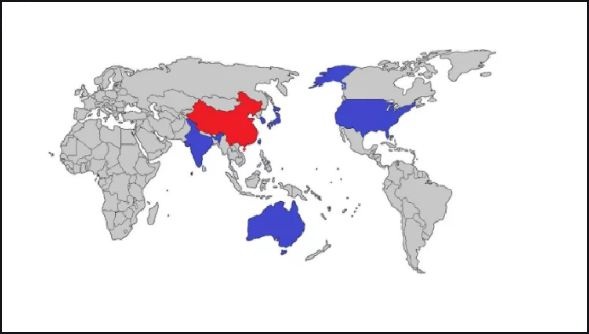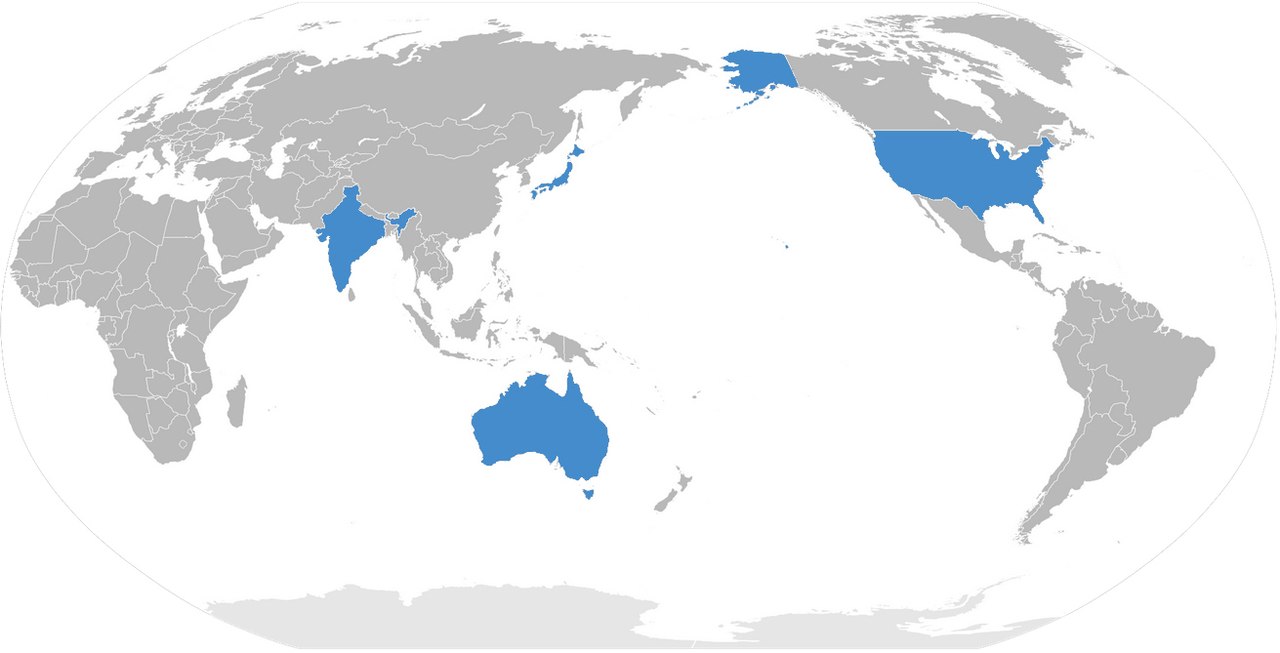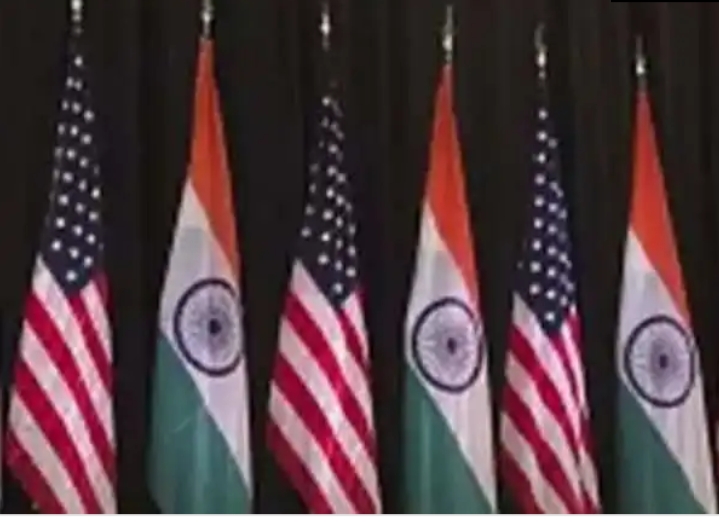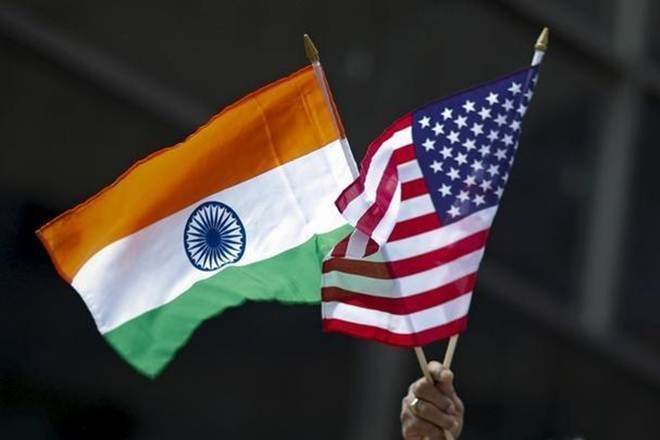On the latest visit by the US Secretary of State Lloyd Austin to India, there were aspersions of sanctions with regards to the purchase of S-400 anti-aircraft missile system from Russia. Lloyd Austin stated that since India has not yet acquired the S-400 system, the matter related to sanctions has not been discussed in the Indo-American meeting. Nevertheless, the matter of India planning to acquire the Russian S-400 system has kept the US administration piqued.
Clarifying the stance of US on the issue of countries acquiring Russian systems, Lloyd Austin in a statement said, “We have countries that we have worked from time to time that have required Russian equipment over the years. We certainly urge all our allies and partners to move away from Russian equipment, and really avoid any kind of acquisition that would trigger sanctions on our behalf. There has been no delivery of an S-400 system to India, so the issue of sanctions has not been discussed, but we did address with the Minister of Defence the issue of S-400.” It is worthwhile to note that US had placed sanctions on NATO-member-Turkey for acquiring the S-400 system. In July 2019, Turkey was also removed from the F-35 joint strike fighter programme, as US considered Turkey’s participation untenable due to acquiring S-400. In October 2018, India has signed a deal of $5 billion to purchase five units of S-400 system, which is based on Triumf interceptor-based missile. In a response to that deal, the then US-administration led by Trump had warned that it might attract sanctions under the CAATSA, or the Sanctions Act. This US Act places sanctions on countries that have significant transactions with North Korea, Iran and Russia. The Countering America’s Adversaries Through Sanctions Act (CAATSA) was designed as a response to the Crimean Annexation by Russia in 2014 and the involvement of Russia in the 2016 US Presidential election.
Also Read: Indo-US relations-Part-III-the Quadrilateral security dialogue
Secretary of state Lloyd Austin had reiterated that US allies should steer clear of purchasing Russian systems like S-400 to avoid the US sanctions. Chairman of the US Senate Foreign Relations Committee, Senator Bob Menendez, prior to the visit of Lloyd Austin, had asked him to raise issues related to democracy and human rights in his talks with Indian government apart from discussing the opposition of US to Indian purchase of S-400 system & forging an alliance to push against the Chinese assertion in the region.
The concerns & possibility of US invoking sanctions was also raised by returning US ambassador to New Delhi, Kenneth Juster, in his farewell speech. In confounding didactic parables he stated that India should make certain choices on its overall approach on acquiring military hardware. He added a cryptic note that CAATSA sanctions were not designed to harm the US-allies, alluding to India. He also added, “As systems get more technologically advanced, country A (Russia) that does not get along with country B (the US) will be less willing to sell technology that could potentially be compromising to country B.”
The address speech of Juster throws light on the hesitancy of US to directly place India under sanctions, which can be triggered by formal acquisition of S-400 system by India, given the strong and strategic nature of the Indo-American ties in various domains like defence, Science and Technology, Information technology, manufacturing, nuclear sector inter alia.
S-400- a step-up from earlier air defence systems
From the point of view of Indian defence, purchase of S-400 was intended as a step-up from the Aakash missile defennce system and the Israeli SYPDER air defence system in view of the challenges and threats posed from China & Pakistan. The Aakash missile system is a mid-range surface-to-air missile system built by DRDO & supported by Rajendra Radar system. It can target aircrafts up to a distance of 30 km away and upto a height of 18 Km.
Akash missile system (AAD) providing endo-atmosphere interception in a range of 15-30 Km, alongwith Prithvi air defence system (PAD) which provides exo-atmospheric interception at altitude-range of 80-120 Km forms the Ballistic Missile defence system for India. In February-March 2017, India had weaved together a network of the Israeli SPYDER air defence system. The SPYDER system is formed of Surface-to-air Python (SAM) missile and Derby missile, which makes the system a low-level quick reaction missile system intended to neutralize threats up to 15 Km away and upto a height of 20-9000 metres. In Israeli armaments, Python-5 is the most capable missile of Air-to air format, which has been modified in SPYDER as a SAM missile. It is a Beyond-visual-range (BVR) missile with lock-on-after launch capability with active seeking features including a electro-optical & infra-red homing seekers. The Israeli Derby is a BVR air-to-air missile of medium range (around 50 km), with fire and forget feature.
In the collection of missile defence systems of Indian armed forces, there is another Indo-Israeli joint project of Barak-8 which has a long-range of atleast 70 Km making it a LR/MR-SAM. It can tackle anti-ship missiles, aircrafts, choppers, UAVs, cruise missiles, combat jets & ballistic missiles. This missile exists in both land-based and maritime variants.
The S-400 systems belong to the Triumf family of air defence missile system. Its added advantage is that it can track, simultaneously 100 flying objects like aircrafts, missiles and UAVs, using its long-range radar. Its Radar uses Active Electronically Scanned Array system which is a category of phased-array antenna. The system can be armed with four different types of missiles with ranges of 400 Km, 250 Km, 120 Km & 40 Km. The four types of S-400 missiles with the aforesaid respective ranges have an altitudinal reach of 30 Km, 60 Km, 30 Km, & 20 Km respectively. It can hit targets like ballistic missiles, & aircrafts upto a range of 400 Km including those with hypersonic features & stealth technology. It has a 25 times faster firing rate than S-300, its predecessor variant. It can track flying objects as far as 600 Km away. Hence, S-400 system provides a wider field of coverage for missile defence. S-400 system was described as “one of the best air-defence systems currently made” by The Economist in 2017.
Point of contention with US
India and US have signed agreements of the four pillars of DTTI-Defence Trade Technology Initiative- GSOMIA, CISMOA (COMCASA), BECA and LSA (LEMOA). The Logistics services agreement (LSA) or the LEMOA (Logistics Exchange Memorandum of Agreement) – the Indian version of the LSA was signed in August, 2016. The last agreement known as the BECA- Basic Exchange and Cooperation Agreement was signed in 2019. Under these agreements, the military hardware of US and India like aircrafts and missiles and can exchange encrypted information, satellite data, signals for coordination over navigation, joint-operations & sharing bases for drill operations.
Kenneth Juster stated that S-400 can gather electronic signatures of aircrafts of US-origin, with which Indian military coordinates and operates, like C-17, C-130J30 transport aircrafts, AH-64E Apache attack helicopters & CH-47F Chinook heavy lift helicopters.
Just like Turkey was removed from the F-35 JSF, India is being cautioned by US due to apprehensions of having a military intelligence collecting platform like S-400(as deemed by US) in any operations or drills between India and USA, which can provide an advantage to Russia in other theatres of troops-deployment & engagement.
This scenario places India in a position where it has to leverage between the strengths of the S-400 system and maintaining a friendly tie with US, based on common interests in the context of the Quadrilateral arrangement in Indo-Pacific between India, US, Japan, and Australia.







